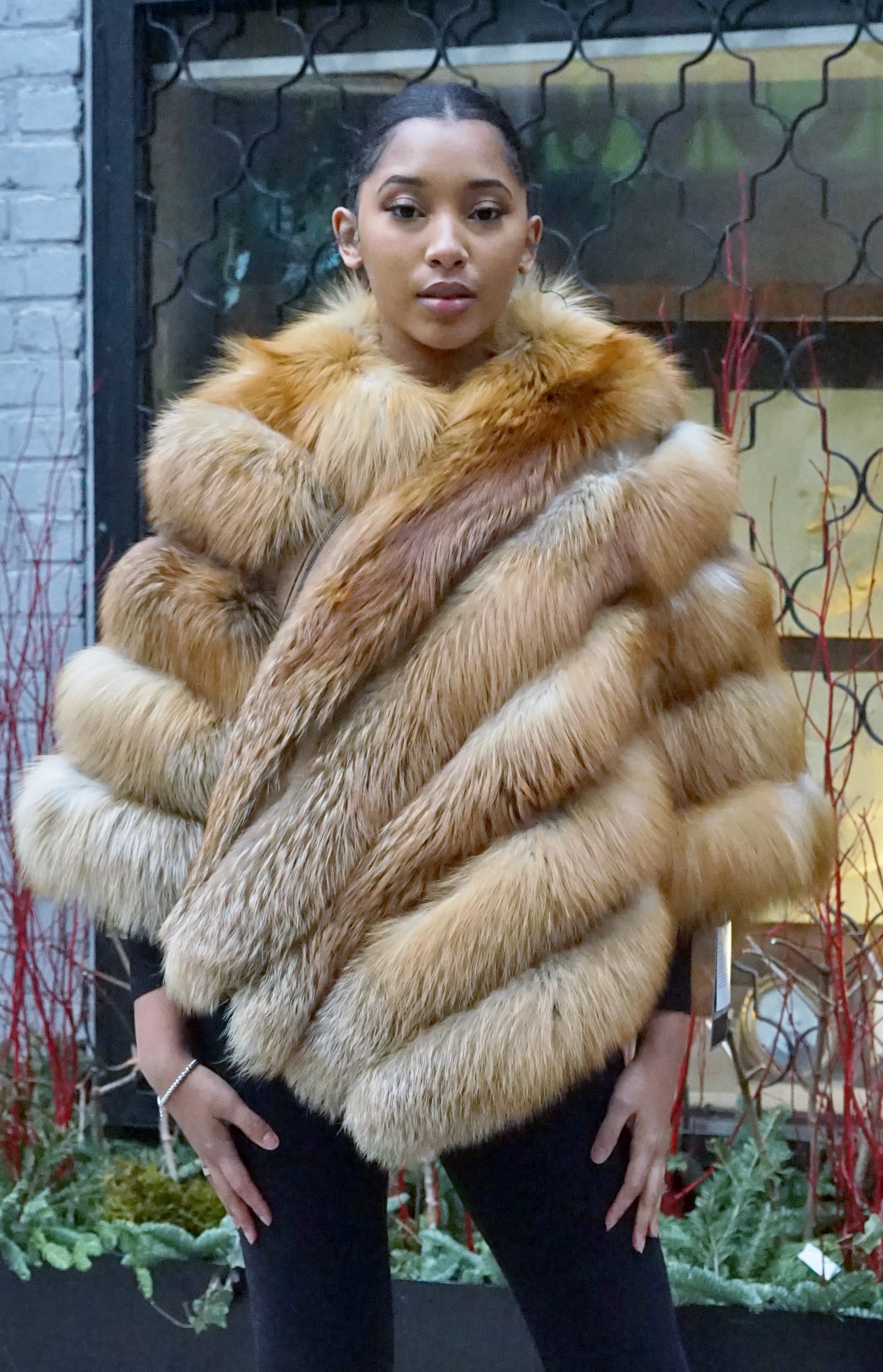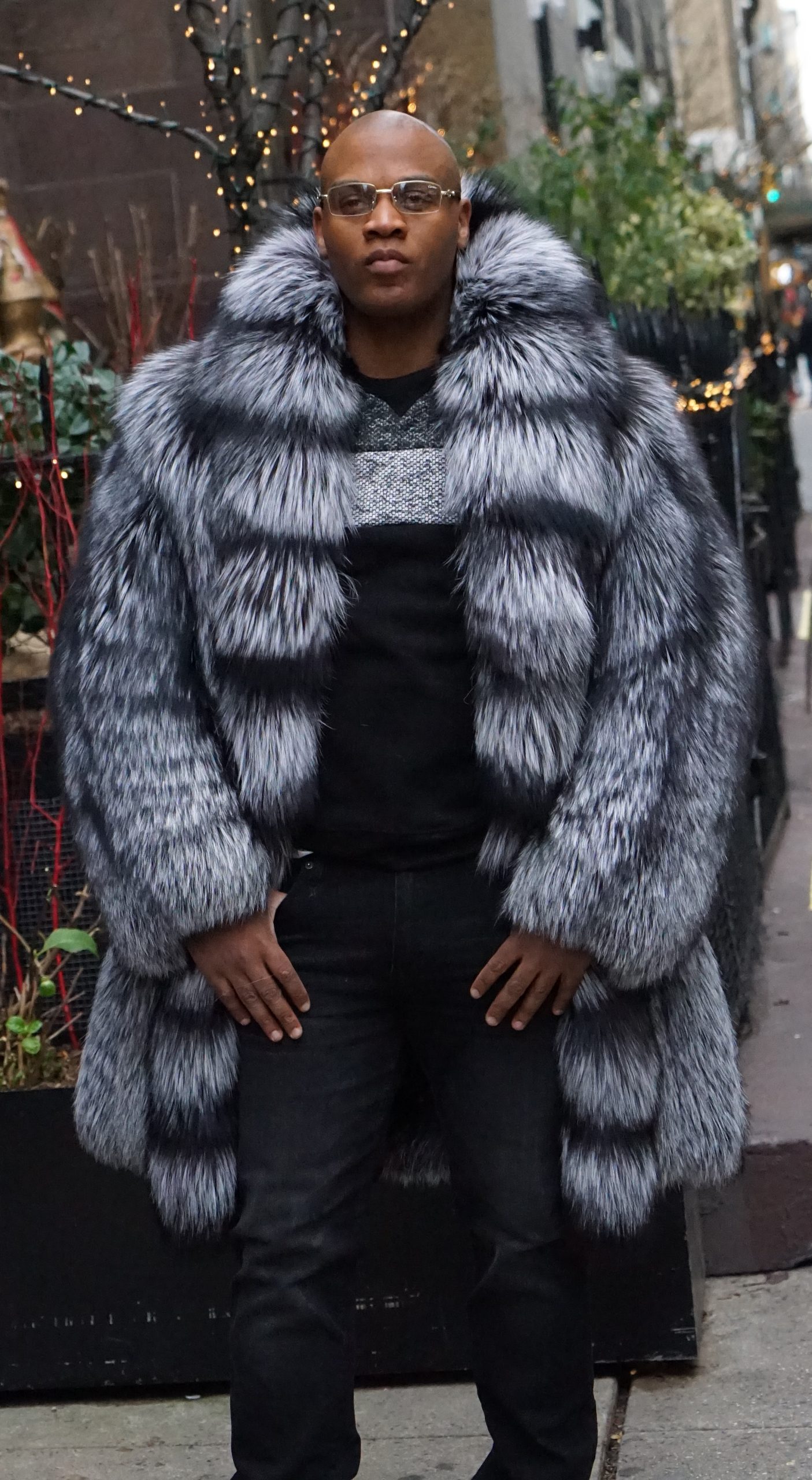
History of the Fur Business Plymouth Massachusetts
The fur trade played a significant role in the early history of Plymouth, Massachusetts, and the broader New England region. When the Pilgrims arrived on the Mayflower in 1620, they encountered a landscape teeming with wildlife, including beavers, otters, minks, and other animals whose fur was highly sought after in Europe.

Here is a brief overview of the history of the fur trade in Plymouth, Massachusetts:
- Early Fur Trade: Upon their arrival, the Pilgrims quickly realized the potential for profit in the fur trade. They established trading relationships with the indigenous Wampanoag people, who were experienced hunters and trappers. The Pilgrims traded European goods such as metal tools, cloth, and weapons for valuable furs.
- Beaver Fur: Beaver fur, in particular, was highly prized in Europe for its warmth and water-resistant properties. The demand for beaver pelts was so high that it led to the establishment of fur trading posts and settlements throughout New England.
- Fur Trading Posts: Plymouth became a center for fur trading in the early 17th century. Trading posts and forts were built along rivers and coastlines to facilitate the fur trade. These trading posts, such as Plymouth Trading House, were essential for both the English settlers and the indigenous people, as they provided a place for exchanging goods.
- Impact on Indigenous People: The fur trade had a significant impact on the indigenous peoples of the region. While it provided them with access to European goods, it also disrupted their traditional ways of life and led to conflicts over land and resources.
- Decline of the Fur Trade: Over time, the fur trade in Plymouth and New England began to decline. Beaver populations were depleted due to overhunting, and changing fashion trends in Europe led to a decreased demand for fur. Additionally, as the English colonies grew, the focus shifted to other industries such as agriculture and trade.
- Transition to Other Industries: As Plymouth and the surrounding areas transitioned to other economic activities, such as farming, fishing, and shipbuilding, the fur trade became less central to the region’s economy.
In summary, the fur trade played a significant role in the early history of Plymouth, Massachusetts, and contributed to the economic development of the region. However, overhunting and changing market conditions eventually led to its decline, and Plymouth shifted its focus to other industries as it continued to grow and evolve.

The Pilgrims engaged in the fur trade in Plymouth, Massachusetts, as one of the early economic activities to support their colony’s survival and growth. Here’s how they conducted the fur trade in Plymouth:
- Trading with Indigenous Peoples: The Pilgrims established contact and trade relationships with the indigenous Wampanoag people, who were experienced hunters and trappers. These interactions were crucial because the Wampanoag possessed knowledge of the local environment and the fur-bearing animals in the region.
- Exchange of Goods: The Pilgrims and the Wampanoag engaged in a system of barter, exchanging European goods brought from England for furs obtained by the Wampanoag through hunting and trapping. The English traded items such as metal tools, cloth, beads, weapons, and other goods that were highly valued by the indigenous people.
- Fur Collection: The Wampanoag and other Native American groups in the area would trap and hunt animals like beavers, otters, minks, foxes, and other fur-bearing creatures. These furs were then collected and prepared for trade.
- Fur Processing: Once the furs were obtained, they needed to be processed to make them suitable for trade. This involved skinning the animals, cleaning the pelts, and often curing them to preserve their quality. Some of the furs were also tanned and prepared for use in making clothing or other items.
- Trading Posts: To facilitate the fur trade, the Pilgrims established trading posts and trading houses in Plymouth and other locations in the region. These posts served as central points for trade, where both English settlers and indigenous people could bring their goods for exchange.
- Fur as a Commodity: Beaver fur was particularly prized during this time because it was used to make felt hats in Europe. Beaver fur was highly valued for its warmth and water-resistant properties, making it a valuable commodity in the fur trade.
- Economic Importance: The fur trade played a significant role in the early economy of Plymouth and helped the colony acquire necessary supplies and goods from Europe. It also allowed the Pilgrims to maintain peaceful relations with the indigenous people by establishing mutually beneficial trading relationships.
- Fur Trade Decline: Over time, the beaver population in the region declined due to overhunting, and changing fashion trends in Europe reduced the demand for fur. As a result, the fur trade in Plymouth and the surrounding area eventually declined
The fur trade was an essential economic activity for the early Plymouth colony, helping the Pilgrims acquire essential goods and fostering cooperation with the indigenous Wampanoag people. However, as other economic activities and industries developed in the region, the fur trade’s significance diminished, leading to its decline in importance over time.

History of the Fur Business Plymouth Massachusetts
The Native Americans, including the Wampanoag people, who lived in the Plymouth area, and the Pilgrims engaged in a system of barter when trading fur pelts and other goods. Barter was the primary method of exchange between the Pilgrims and the indigenous people, and it worked as follows:
- Goods in Exchange: The Pilgrims brought a variety of European goods with them on the Mayflower, including metal tools, cloth, beads, weapons, and other items. These goods were highly valued by the indigenous people because they were not readily available in the region.
- Trading Posts: The Pilgrims established trading posts and trading houses in Plymouth and other locations in the region. These trading posts served as central points for trade, where both English settlers and indigenous people could bring their goods for exchange.
- Negotiation: When Native American hunters and trappers brought fur pelts and other goods to the trading posts, negotiations would take place. The value of the furs and the European goods being exchanged would be discussed and agreed upon.
- Barter System: The actual exchange involved a direct swap of goods. For example, a Native American might trade a beaver pelt for metal tools, blankets, or other European items deemed of equivalent value.
- Fair Trade: The goal was to ensure that both parties felt they received fair value for their goods. Fair trading practices were important to maintain peaceful and mutually beneficial relationships between the Pilgrims and the indigenous people.
- Cultural Exchange: These trading interactions also facilitated cultural exchange, as the Pilgrims and the indigenous people learned about each other’s customs, languages, and way of life during these encounters.
It’s important to note that while barter was the primary method of trade between the Pilgrims and the indigenous people, it was not a one-sided exchange. The indigenous people had valuable knowledge of the local environment, hunting techniques, and resources, which they also shared with the Pilgrims in addition to trading furs. These trade relationships were essential for both parties’ survival and well-being during the early years of the Plymouth Colony.

History of the Fur Business Plymouth Massachusetts
The Native Americans, including the Wampanoag people, who lived in the Plymouth area, and the Pilgrims engaged in a system of barter when trading fur pelts and other goods. Barter was the primary method of exchange between the Pilgrims and the indigenous people, and it worked as follows:
- Goods in Exchange: The Pilgrims brought a variety of European goods with them on the Mayflower, including metal tools, cloth, beads, weapons, and other items. These goods were highly valued by the indigenous people because they were not readily available in the region.
- Trading Posts: The Pilgrims established trading posts and trading houses in Plymouth and other locations in the region. These trading posts served as central points for trade, where both English settlers and indigenous people could bring their goods for exchange.
- Negotiation: When Native American hunters and trappers brought fur pelts and other goods to the trading posts, negotiations would take place. The value of the furs and the European goods being exchanged would be discussed and agreed upon.
- Barter System: The actual exchange involved a direct swap of goods. For example, a Native American might trade a beaver pelt for metal tools, blankets, or other European items deemed of equivalent value.
- Fair Trade: The goal was to ensure that both parties felt they received fair value for their goods. Fair trading practices were important to maintain peaceful and mutually beneficial relationships between the Pilgrims and the indigenous people.
- Cultural Exchange: These trading interactions also facilitated cultural exchange, as the Pilgrims and the indigenous people learned about each other’s customs, languages, and way of life during these encounters.
It’s important to note that while barter was the primary method of trade between the Pilgrims and the indigenous people, it was not a one-sided exchange. The indigenous people had valuable knowledge of the local environment, hunting techniques, and resources, which they also shared with the Pilgrims in addition to trading furs. These trade relationships were essential for both parties’ survival and well-being during the early years of the Plymouth Colony.
In the 1920s through the 1950s, fur fashion trends in Plymouth, Massachusetts, were influenced by the broader fashion trends of the time. During this period, several types of fur became popular for both practical and fashionable purposes. Some of the furs that were trendy during this era included:
- Mink Fur: Mink fur, particularly the luxurious and soft pelts of ranch-raised minks, became extremely popular in the mid-20th century. Mink coats, stoles, and other garments were considered high fashion items and were coveted by many women. Mink fur was known for its warmth, durability, and the ability to create elegant and glamorous looks.
- Fox Fur: Fox fur was another fur type that gained popularity during this period. Fox fur coats and accessories, often in a variety of colors, were fashionable choices for those seeking a stylish and eye-catching look.
- Rabbit Fur: Rabbit fur, because of its affordability and versatility, was commonly used for trim on clothing and accessories. Rabbit fur-lined gloves, collars, and cuffs were popular additions to various outfits.
- Squirrel Fur: Squirrel fur, often used for small fur accessories like hats and muffs, gained popularity in the 1940s. It was considered practical for winter wear and could add a touch of elegance to a winter ensemble.
- Raccoon Fur: Raccoon fur coats and jackets, particularly those featuring the strikingly marked pelts of raccoon dogs, were stylish choices for colder climates.
- Beaver Fur: Beaver fur, once highly prized for its warmth and water-resistant properties, continued to be used for coats and accessories during this era, albeit to a lesser extent than in previous centuries.
- Nutria Fur: Nutria, a large rodent originally native to South America, became a popular fur choice during World War II due to the scarcity of other furs. It was often used for coats and accessories during this time.